The UK has originally intended to operate five E-7 airborne early warning, it will now only operate three.
The Defence Command Paper released today, titled ‘Defence in a Competitive Age‘, states:
“We will retire the E 3D Sentry in 2021, as part of the transition to the more modern and more capable fleet of three E 7A Wedgetail in 2023. The E 7A will transform our UK Airborne Early Warning and Control capability and the UK’s contribution to NATO. The nine P 8A Poseidon maritime patrol aircraft will help to secure our seas.
The introduction into service of the 16 long range Protector remotely piloted systems will be the backbone of persistent, multi spectral surveillance, with the ability to strike and act decisively against our potential adversaries around the globe.”
Wedgetail is an airborne early warning and control system, commonly known as AWACs or AEW&C.
They are designed to track multiple targets at sea or in the air over a considerable area for long periods of time. This aircraft is replacing the E-3D Sentry, pictured below.
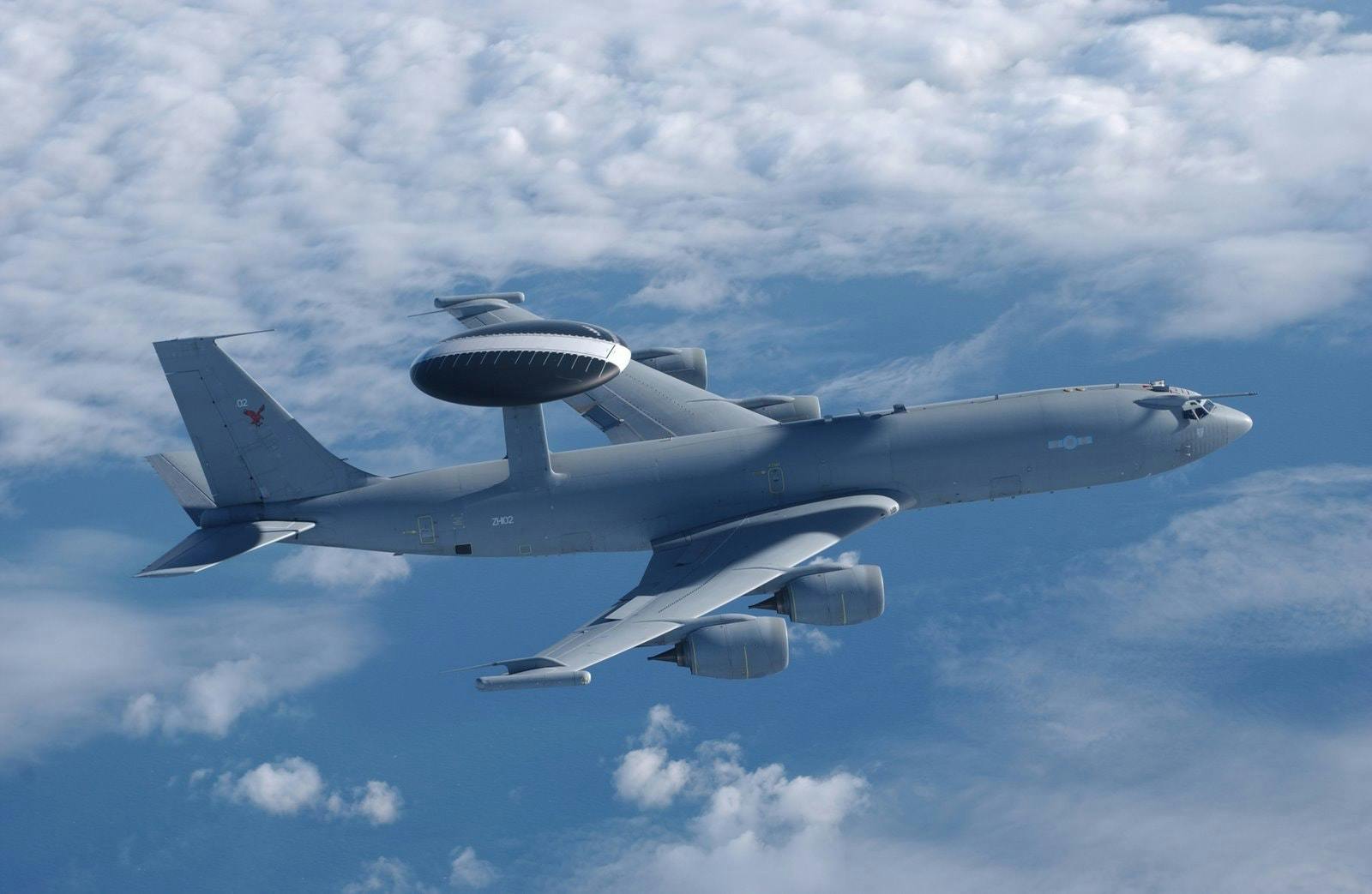
This isn’t surprising and it comes comes after speculation that the order for five E-7 Wedgetail aircraft would be reduced to three to save money.
Lord Moonie, a non-affiliated member of the House of Lords, asked via a written question last year:
“To ask Her Majesty’s Government how many E-7 Wedgetail AWACS systems they plan to procure; and what is the anticipated delivery timescale of each such system.”
Baroness Goldie, Minister of State for the Ministry of Defence, responded:
“In March 2019, HM Treasury and the Ministry of Defence approved the procurement of five E-7 Wedgetail aircraft, however, discussions regarding the final E-7 Wedgetail fleet size are on-going with a decision expected in the first half of this year. The first UK E-7 Wedgetail is expected to enter service with the Royal Air Force in 2023.”
Media reports have already suggested the Ministry of Defence plans to reduce an order for new early warning radar aircraft.
The Wedgetail aircraft programme has already been criticised by MPs unhappy about the lack of a competition to replace the RAF’s existing Sentry aircraft – known as its ‘eye in the sky‘.
In September 2020 The Times’s defence correspondent, Lucy Fisher, reported on Twitter that the MoD is considering reducing the number of aircraft to be bought from five to three. Jane’s Defence Weekly magazine confirmed with an unnamed senior MOD source that the MoD is considering a reduction to save money.
In the Defence Equipment Plan 2019, the MOD forecast the costs of the Wedgetail programme to be £2.16 bn. When asked about the difference, the Minister for Defence Procurement explained the figure of £1.51 bn relates to the value of the aircraft procurement contract, whereas the £2.16 figure includes training and future support costs.
The National Audit Office has described the defence equipment plan as “unaffordable“. The NAO also advise that the MoD has already reduced the number of Sentry aircraft from six to three in 2020 to save money.





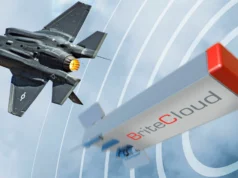
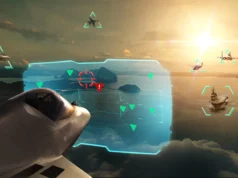
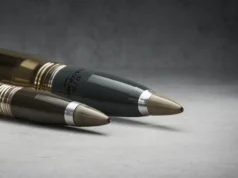
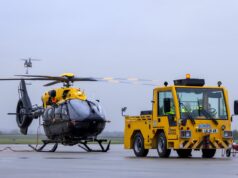

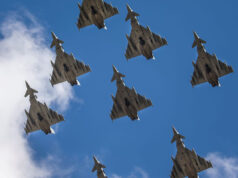

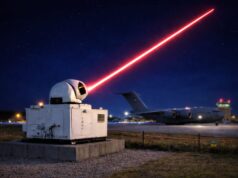

I can understand cutting from 5 to 4 (French E3 number), but going to 3 is going to leave a gap in a crisis.
Agree, think this too low.
Protector being spun as some sort of AEW platform?
Yes they can order some of the radar equipped versions and they can operate with both E7 and P8 to expand the envelope.
radar alone is not quite a battle management platform
Is it even worth buying them now? Can you seriously do much with 3 or do they become a token effort
AEW has now become a Cinderella activity in the RAF. 3 E7s do not replace the capability of 7 E3s which were bought as a wartime capability. Just because we can now only get one E3 in the air on any day it doesn’t mean our wartime capability requirement is one aircraft. I would also be concerned that the UK is planning that the conversion of the used 737s will proceed on plan and the first aircraft will be operational in 2023. 3 aircraft is hardly a viable production line worthy of high investment by Boeing and it wouldn’t be surprising if Certification issue don’t also emerge on the first aircraft to slow the whole conversion programme. I wouldn’t be surprised if SAAB are relieved that they are not now wrapped up in this farce.
3 2nd hand airframes were already secured, final 2 were new build which may explain there cut. the bone yards are full of low hour airframes…
At this rate, what’s the point in having a dedicated air force?
to keep Scotland exporting whisky and cigars
The current fleet of 3 E3s Nato is upgrading its entire AWACS fleet, so 3 E7s which has far superior performance than the old E3s.
And the P8s can carry as standard the AN/APS-149 LSRS, So do we really need E7s…
might just make sense for once
We probably do if the P8s are conducting their primary role of Sub hunting! Just like they can’t be in two places at once, they can’t really do two totally different jobs at once!
Depends on the version of the E3. UK E3 were not updated for years, but US E3 have been not that long ago.
Yes, the AN/APS-149 radar does much the same job as Sentinel’s Dual Mode Radar Sensor (DMSR) for providing moving target information along with high resolution ground mapping using synthetic aperture techniques. It is not designed to search for very high speed targets, nor stealthy targets, whereas the multi-role electronically scanned array (MESA) radar on the Wedgetail is. The MESA can also provide the same detail that the AN/APS-149 can.
I don’t think this is a bad thing cutting the Boeing 737-800 based platform purchases. The 737-800 is not ideal for the Maritime / Anti-sub and the AWACs role that the RAF is purchasing them for in the form of the P8 and the E7.
I think this is an opportunity for the RAF to look at a newer more modern platform better suited for the 21st century such as the Kawaski P1 which i fell is a much better platform for both roles of Maritime Patrol / Anti-Sub and AWECs.
The RAF acquiring the Kawaski platform can modify it for UK requirements while at the sametime increasing its cooperation with Japan and Japanese industry who might be enticed to partner with the UK on a number of defense initiatives that include new air superiority fighters, larger Air Defense Anti-Ballistic Missile naval destroyers, anti-ship missiles (hypersonic missiles) etc.
It’s time the UK started look outside the USA for partners in the defence systems procurement.
Creating a bespoke solution for the UK is going to be horribly expensive and is going to guarentee the program dies. Considering the extremely limited purchasing power of the MoD, buying existing aircraft is the only real option.
Totally agree with your comments on the Japanese angle, also thought that the P1 would have been a better choice of airframe. I believe it was considered by the MOD, but ultimately lost out to the Boeing offering.
Still fancy the Airlander hybrid airship as a AEW platform. The Wedegtail’s MESA radar could be housed internally. The airship would allow you days worth of on station time.
That is not going to happen. Complete wishful thinking.
Surely with the fleets of grounded 737s which could be purchased at a fraction of the new price, 4 E7s could be funded if all the donor aircraft were low hours used ones
Airframe is a very minor part of cost
I suspect part of the logic here is that the new Typhoon AESA radar should change the dynamics of intercept direction and for the Navy they will be having 8 Crowsnest helos which, while not as good as the E7, will provide organic AEW to the RN.
And F-35 too – is basically its own AWACS. Add Protector to the soup.
Could it be that work on the Typhoon radar upgrade has put the F35 and E7 radars in the shade?
Something is moving thinking very fast here.
When RAF got their hands on F35 it was ‘the thing’ they have now cooled on that.
Just a thought.
Frankly, I don’t see it. Yes the F35’s APG-81 radar is a game changer, as will be the Captor-E. But neither can compete with the E7’s MESA for detection range. It’s simple physics based on antenna gain and the radar’s operating frequency.
Both the F35 and Typhoon have quite large noses that can house antenna about 2 to 3m squared. Therefore for best performance you need to match the antenna to the operating frequency, which in this case is within the X/Ku bands (8 to 18 GHz). The wavelength is 3.75 cm to 1.6cm, therefore you can fit over a 1000 transmitter-receiver modules (TRMs)into this space. As the number is dictated by the overall containment area, but also to the 1/4 and 1/2 wavelength rule. This rule is used to minimise mutual interference between TRMs. Where each has to be at least 1/4 wavelength apart or more preferably 1/2.
The E7 Wedgetail MESA uses two 19.71m squared antenna arrays. They both operate in the L band (1 to 2GHz), with a wavelength of 30 to 15cm. This means there will be fewer TRMs that can fit in the antenna array area.
By increasing the number of TRMs you can increase the antenna arrays overall gain. Gain in this circumstance refers to the antennas performance. or how well the antenna transmits or receives a signal. Therefore with more TRMs you can make the antenna more sensitive to weaker signals, or conversely increase its power output. For linear arrays, which is a flat antenna array made up of lots of TRMs. By increasing the number of TRMs you can reduce the effective transmitted beam width, which will also push up the beam’s effective power, making it transmit further. So the base of it you would think the smaller fighter radars with more TRMs win. No, its not as simple as that due to free space path losses. This is the interaction of the radar’s electromagnetic wave travelling through the air that attenuates the signal. As the radar’s wavelength gets smaller the attenuation increases. This attenuation seriously effects the radar’s range. The main issue with a longer wavelength radar is target resolution. Because the X band radar is a smaller wavelength. more of it can interact with the target, which can be used to generate a much clearer image.
Therefore the MESA radar operating in the L band is less affected to free space path losses compared to the fighter’s X band radars. So for the same power output, the L band radar will always have a much longer detection range of at least double. Also, because the TRMs for the L band radar are physically bigger they can intrinsically handle more power with minimal cooling. Whereas the much smaller X band radar will need better planned cooling.
I agree with all that.
But something is changing thinking here.
Its quite simple the RAF had to find their share of the ‘black hole’ savings and after retiring the C130s, Tr 1 Typhoon and Hawk ac the only RAF project left with any value attached to it was the E3 replacement the E7 which probably had about £1-2 B opportunity savings available. The senior RAF officers who agreed this plan probably said we have managed with only 3 E3s for a number of years so we can manage with only 3 E7s. Clearly this is the cost of so many MOD projects overrunning in time and cost. I fully expect the E7 project to run late because of lack of Contractor experience of the Type, incomplete Boeing drawing packs , necessary replacement components and certification issues – but it wont matter as it will just extend the capability gap so who cares!
Well, if they had any sense they’d have kept at least 6 C130J and integrated them into the joint GER-FRA squadron. Would have allowed to keep a lot of capability at minimal cost and improved coop within NATO …
Hoping that GER and FRA will pick up a handfull at a good price at least …
Absolutely pathetic.
Have you spotted that Sentry will be retied in 2021 but E7 will not be operational until 2023! That looks like an AEW gap to me….
Wrong on every level!
Anyone noticed that there will be a period between the withdrawal of the E3 and introduction of the E7 when the UK will not have its own AEW capability? Seems this sort of capability gap is quite acceptable to our leaders nowadays, the most glaring example being the 10 years between Nimrod and P8. The gap between Sea Skua and Sea Venom also comes to mind. Surely our allies must have noticed this trend.
Even Australia has 6!
Yes, Australia does have 6 and will soon have a fleet of 14 P8’s. With the rate of defence cuts in the UK, the RAAF will be bigger than the RAF! The continued defence cuts in the UK might also account for the large number of Brits Who have undertaken a lateral transfer to the ADF.
Lmao Australia barely as an air force or military worth speaking of.
“ The continued defence cuts in the UK”
You must’ve time travelled from 2010.
For context:
“NATO’s E-3 AWACS fleet is predicted to retire soon after 2035. At the Warsaw Summit in 2016, Allies declared that “by 2035, the Alliance needs to have a follow-on capability to the E-3 AWACS. Based on high-level military requirements, we have decided to collectively start the process of defining options for future NATO surveillance and control capabilities.” This effort has since been carried forward as the Alliance Future Surveillance and Control (AFSC) initiative.
In February 2017, NATO defence ministers agreed to embark upon the AFSC Concept Stage, comprised of a series of studies to evaluate new technologies and explore a system-of-systems approach, including potential combinations of air, ground, space or unmanned systems networked together to collect and share information. These studies will eventually help to inform decisions by NATO, individual Allies or multinational groups to acquire new systems in the future. All NATO Allies currently cooperate in the planning and resourcing of AFSC.
In December 2018, the North Atlantic Council declared the first phase of the AFSC Concept Stage complete on schedule and on budget, and agreed to advance into the second phase. In the second phase currently under way, NATO taps into the expertise of Alliance industries. In 2020, NATO received six high-level concept proposals developed by six transatlantic firms and consortia, comprising expertise from both defence and non-defence sectors. The concepts encompassed innovative ideas to fulfil the AWACS missions in unique and disruptive ways. Allied leaders selected the best ideas from the six proposals and committed to continue working with industry to develop and refine these options.
A new competition will be launched in 2021 for a second round of more in-depth industry advice, valued at up to Euro 90 million. NATO is ensuring that it remains relevant and technologically adept, while also benefitting from the widest range of innovative industry developments.”
https://www.nato.int/cps/en/natolive/topics_48904.htm